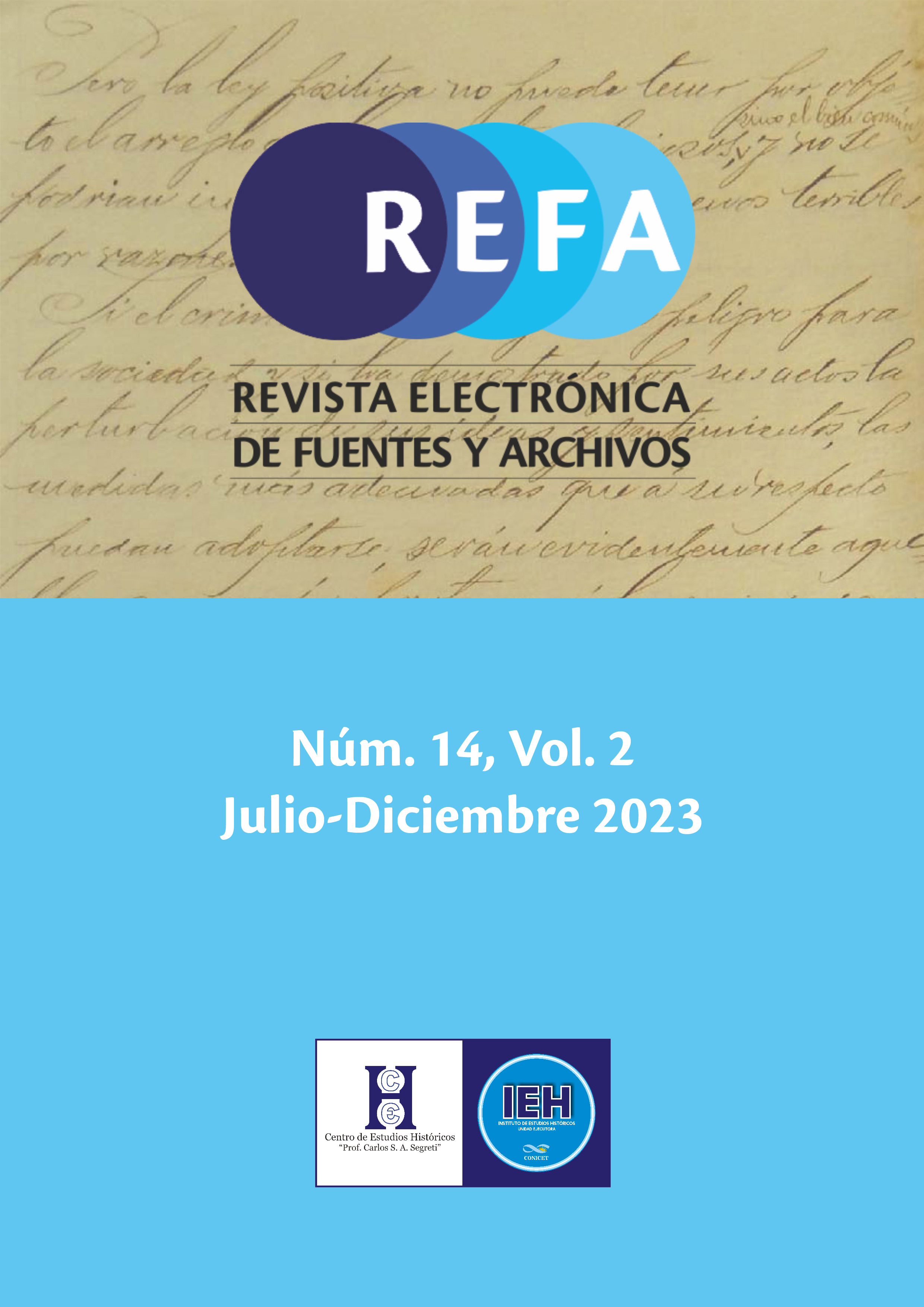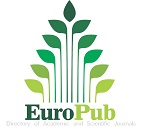The Archival and Museological Treatment of the Juan Moreteau Document Collection
DOI:
https://doi.org/10.70629/1853.4503.v2.n14.43949Keywords:
archive, conservation, museology, heritage, PatagoniaAbstract
This article provides a detailed description of the archival treatment that enabled the creation of the “Juan Moreteau” Documentary Fund (FDJM) after the initial donation by the descendants of the French engineer in 2019. Although the materials related to Juan Moreteau’s professional career were subject to an interdisciplinary treatment by the Social-Historical Studies Group of the Patagonian Institute of Social and Human Sciences (IPSCH-CONICET, a first stage of sorting and stabilization was crucial. Subsequently, the objects and documents were systematized using archival and museological principles that allowed their valorization and availability for historical and cultural research. The diversity of the FDJM allows for the exploration of various lines of research and the establishment of connections with other regional repositories related to scientific explorations and the consolidation of sovereignty in border areas.
Downloads
References
1. Amor, M. C. (2013). Conservación preventiva y gestión del mantenimiento edilicio en museos: ¿criterio profesional o sentido común? Ponencia presentada en Congreso Latinoamericano y II Congreso Nacional de Museos Universitarios. Universidad Nacional de la Plata: La Plata. https://repositoriosdigitales.mincyt.gob.ar
2. Appadurai, A. (1986). La vida social de las cosas: Perspectiva cultural de las mercancías. México D.F.: Editorial Grijalbo S. A.
3. Brunero, S., Brizuela, J. y Perez Parry, S. (2016). Tratamiento sobre archivos personales donados al Museo de Ciencias Naturales y Antropológicas de la Universidad Nacional de La Rioja. Boletín de la Red, 1, pp. 7-13.
4. Cruz Mundet, J. R. (2001). Manual de Archivística. Madrid: Fundación Germán Sánchez Ruipe.
5. Cook, T. & Schwartz, J. M. (1999). Archives, Records, and Power: The Making of Modern Memory. Archival Science, 2, pp. 1-19.
6. Favier, J. (1998). La archivística: su naturaleza, sus métodos y sus técnicas. Ciudad de México: Fondo de Cultura Económica.
7. Fuster Ruiz, F. (1999). Archivística, archivo, documento de archivo... Necesidad de clarificar los conceptos. Anales de Documentación, 2, pp. 103-120.
8. Hodder, I. (2012). Entangled: An Archaeology of the Relationships between Humans and Things. Malden: Wiley-Blackwell.
9. Lodolini, E. (1993). Archivística. Principios y problemas. Madrid: Anabad.
10. Miremont, G. (2023). Los objetos en un museo. Las cosas para decir. Cuadernos del Centro de Estudios de Diseño y Comunicación, 177, pp. 67-78.
11. Pacheco Muñoz, M. F. (2007). Los museos de ciencia y la divulgación. Redes, 12, pp. 181-200.
12. Tapia, A., Chávez, M. y Vezub, J. (2020). Tecnologías de identificación y clasificación social: el Fondo de Prontuarios Policiales del Chubut. Prohistoria, 34, pp. 339-354.
13. Vezub, J., Pérez Parry, S., Chávez, M., Domínguez, V., Haller, S., Hamm, M., Magallanes, J., Meza, M. A. y Tapia, A. (2022). Juan Moreteau a través de su lente. Instrumental científico y archivos desconocidos en las fronteras del Chubut (1896-1951). Buenos Aires y Puerto Madryn: Editorial Sb-Instituto Patagónico de Ciencias Sociales y Humanas-Consejo Nacional de Investigaciones Científicas y Técnicas.
Downloads
Published
Issue
Section
License

This work is licensed under a Creative Commons Attribution-NonCommercial-ShareAlike 4.0 International License.
Se puede compartir (copiar y redistribuir el material en cualquier medio o formato) y adaptar (remezclar, transformar y construir a partir del material), siempre que: a) se cite la autoría y la fuente original de su publicación (revista, editorial y URL de la obra); b) no se use con fines comerciales; c) la distribución de las obras derivadas se haga con una licencia igual a la que regula la obra original.




















